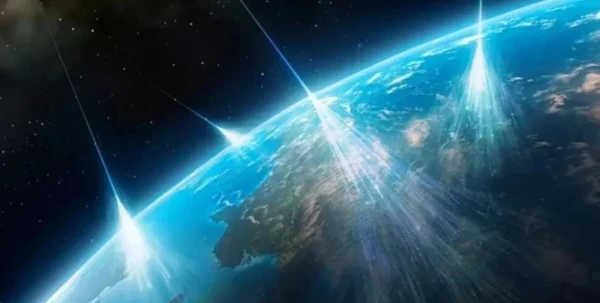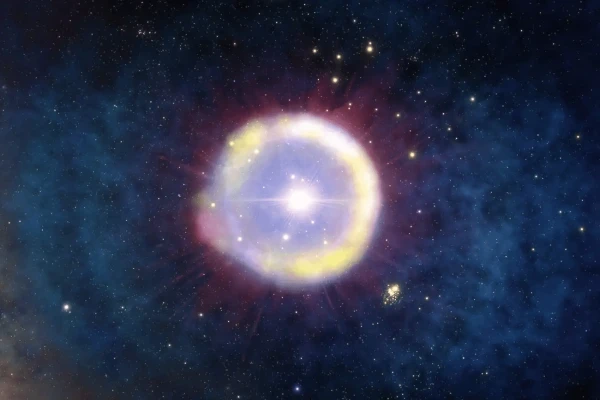
A new study may help find the answer to a question that has troubled scientists for over 100 years. It is still not precisely known where galactic cosmic rays come from, reports Focus.
Astrophysicists are getting closer to solving one of the greatest mysteries of the cosmos: where the most energetic particles in our galaxy come from. Scientists have discovered a pulsar wind nebula that underlies the mysterious cosmic rays and have established important constraints on other potential sources of energetic particles. The research is published in The Astrophysical Journal, reports ScienceDaily.
It is known that cosmic rays, which are high-energy particles moving at speeds close to the speed of light, come from the Milky Way and from more distant regions of the universe. However, the specific sources of their origin have remained unclear since their discovery in 1912.
Astrophysicists conducted a new study that offers new clues about where these particles may have formed.
These fast-moving particles may have formed in extreme conditions, such as black holes, star-forming regions, or remnants of exploded stars, that is, supernova remnants. Such events are capable of creating neutrinos. These are tiny particles with incredibly small mass that constantly pass through space and Earth.
According to scientists, cosmic rays have much greater significance for life on Earth than one might think. About 100 trillion cosmic neutrinos from distant sources pass through your body every second. Therefore, it is important to know where they came from. The sources that create cosmic rays are powerful enough to accelerate protons or electrons to energies significantly exceeding the capabilities of modern particle accelerators on Earth.
Astrophysicists studied natural particle accelerators called pevatron to determine what they are, where they are located, and how they accelerate particles to such colossal energies. Understanding these processes may help scientists gain more information about galaxy formation and the nature of dark matter.
Astrophysicists studied candidates for pevatron, the origins of which have not yet been established. In particular, they examined the mysterious source of high-energy particles discovered by the LHAASO observatory.
Although LHAASO detected the source of the particles, its true nature has remained unknown. Using observations from the XMM-Newton space telescope, scientists determined that this source is a pulsar wind nebula. It is an expanding structure filled with energetic electrons and particles gaining energy from the pulsar. This is a type of neutron star that arises after the death of an ordinary massive star.
In the future, astrophysicists will study cosmic ray sources by combining data from the IceCube neutrino observatory with results from X-ray and gamma-ray telescopes. They want to understand why some cosmic ray sources emit neutrinos while others do not, as well as determine where and how these neutrinos arise.













